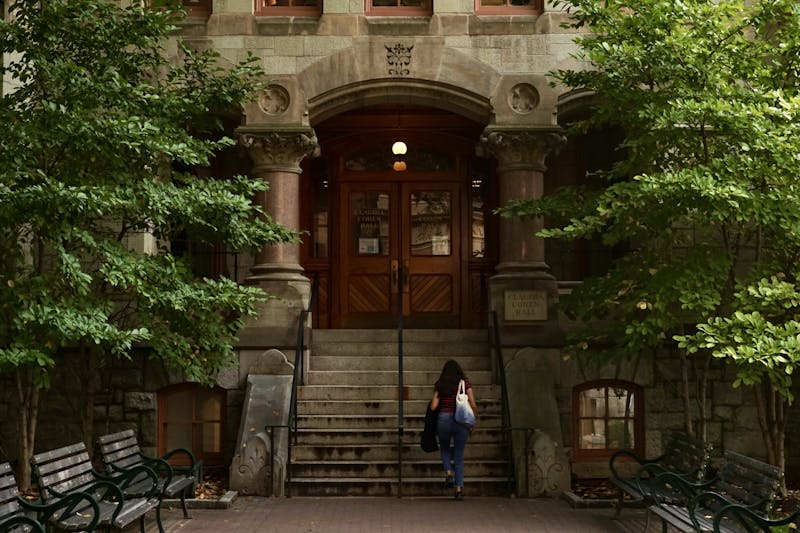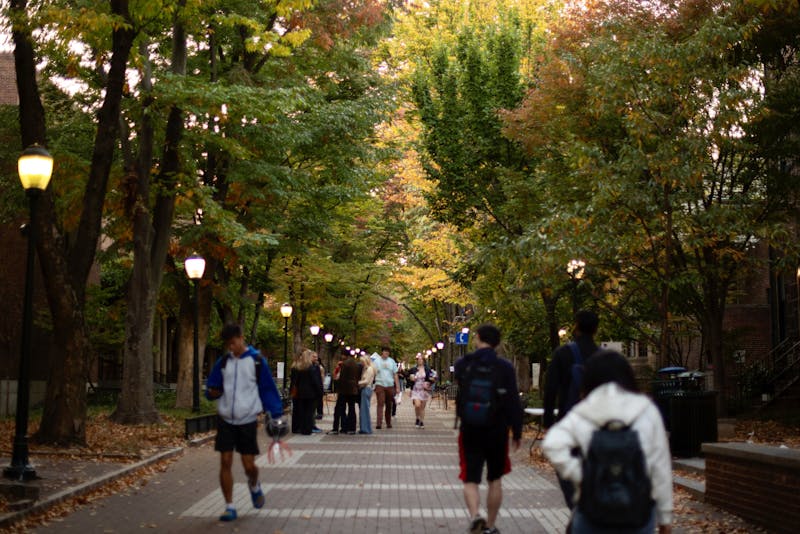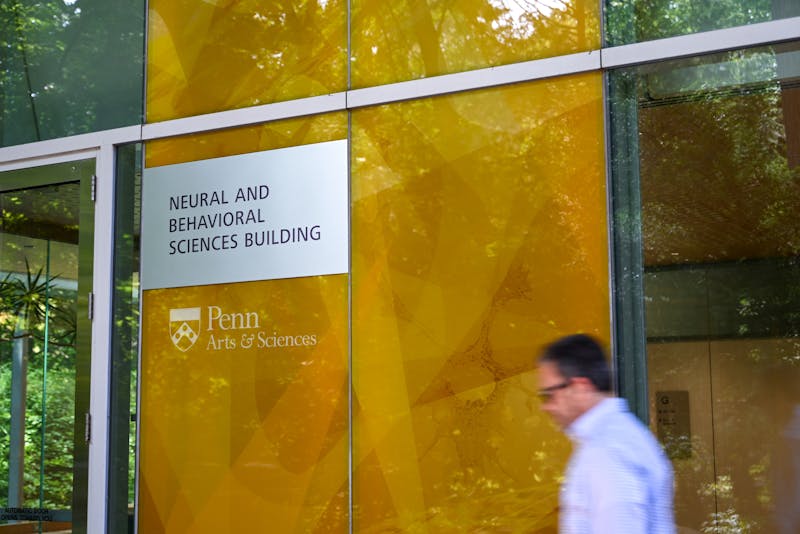Public space is always around, which is maybe why we forget its potential for discourse. With larger growth in online spaces — social networking sites specifically — physical public space no longer holds tangible influence over us.
Yet following the wide-scale flyer incident, then the homophobic preachers and their counter-protesters, we are reminded of the presence of human voices expressing opinions in the public sphere. Though demonstrations can often seem more like a monologue, this time the public space was transformed into a forum for dialogue.
When I saw the preachers and their protesters, I was reminded of the Athenian democratic forums, the Assemblies, which existed for citizens (albeit exclusively male) to express their votes for how they believed their city should be governed. Any attendee could address the assembly. However, public assemblies faded over time and were replaced with nationwide elections processes and now less focus is given to local, public dialogue as a means of social engagement.
Instead, public dialogue shifted into public demonstrations. In 2015, Penn activist group Students Organizing for Unity and Liberation used public space to decry acts of racism and sexism on campus after several incidents, such as the Ferguson shooting and Phi Delta Theta’s racist Christmas card. A Fine Arts course — Art, Design and Digital Culture — has even directly required students to engage in public interventionist art that confronts social situations. As a result, a few things are becoming clearer.
Large institutional systems continually fail to actively rectify social problems, unsurprisingly. Second, that people will express themselves in open spaces regardless of alternative platforms and regardless of criticism. Third, and perhaps most importantly, people need to pay attention to their surroundings.
Public demonstrations often end up with the same fate: a short-lived media maelstrom, followed by a shoulder-shrugging audience memory of the news. With every new demonstration that makes the headlines, the previous one is forgotten the week after.
The presence of the individual and the voice of the people are both bolstered by the community’s willingness to listen. In SOUL’s video, which shows a student speaking about racism against black women on campus, we see students walk by with headphones, barely glimpsing at the demonstrator. Tuning out isn’t necessarily immoral, but it is limiting.
Sometimes, we become passive to our physical environment — I am no exception — because public spaces just don’t feel very relevant anymore.
Kathy Change, an activist and performance artist, was one individual who regularly contributed to Penn’s public space by dancing in colorful outfits and waving the American flag. In October 1996, Change doused herself with gasoline and lit herself on fire by the peace sign sculpture in front of Van Pelt Library. Change was pronounced dead at the hospital. She was widely known across Penn’s campus — one article referred to her as a “well-known gadfly” — but she now recedes from Penn’s collective memory, as things in the past are wont to do.
When we don’t pay attention or avert our gaze, we give into a cycle of passivity. Passivity can sometimes encourage desperate actions like Kathy Change’s. How do we retain a sense of dialogue with involvement from both spectator and orator, considering the current irrelevance of public forums?
If we are neutral to our public space, we devalue its potential. When we see campus demonstrations, we are not obligated to listen. We are not obligated to hear each other out. But then again, we are not obligated to vote. And voting is so often emphasized as a moral and civic duty because we are publicly engaging in shaping our society. So how can we hope to progress into the society we want by continually shutting out its very real, public existence?
Public spaces provide something which the vote cannot: a physical presence. This presence can disturb, amuse, inspire or anger its spectators — just as long as they’re listening.
The flyering incident and the counter-protests that occurred in response to the preachers demonstrated how public space is being given back the discursive power it used to have. But I fear that these moments define themselves as isolated incidents that will eventually be forgotten.
We may choose to tune out the events happening within and around public space. But simply by stopping and listening to what’s around us, regardless of our own agenda, we are giving socially engaged presence back to the public space. This is true even with mass hateful speech, which incites certain societal truths to correct it, and it is true of artistic intervention, which might make us stop to introspect. No obligation exists for us to do so, but perhaps it is our right and our duty.
AMANDA REID is a College junior from Ho Chi Minh City, Vietnam, studying cinema studies & English. Her email address is amreid@sas.upenn.edu. “Reid About It!” usually appears every other Tuesday.
The Daily Pennsylvanian is an independent, student-run newspaper. Please consider making a donation to support the coverage that shapes the University. Your generosity ensures a future of strong journalism at Penn.
DonatePlease note All comments are eligible for publication in The Daily Pennsylvanian.








